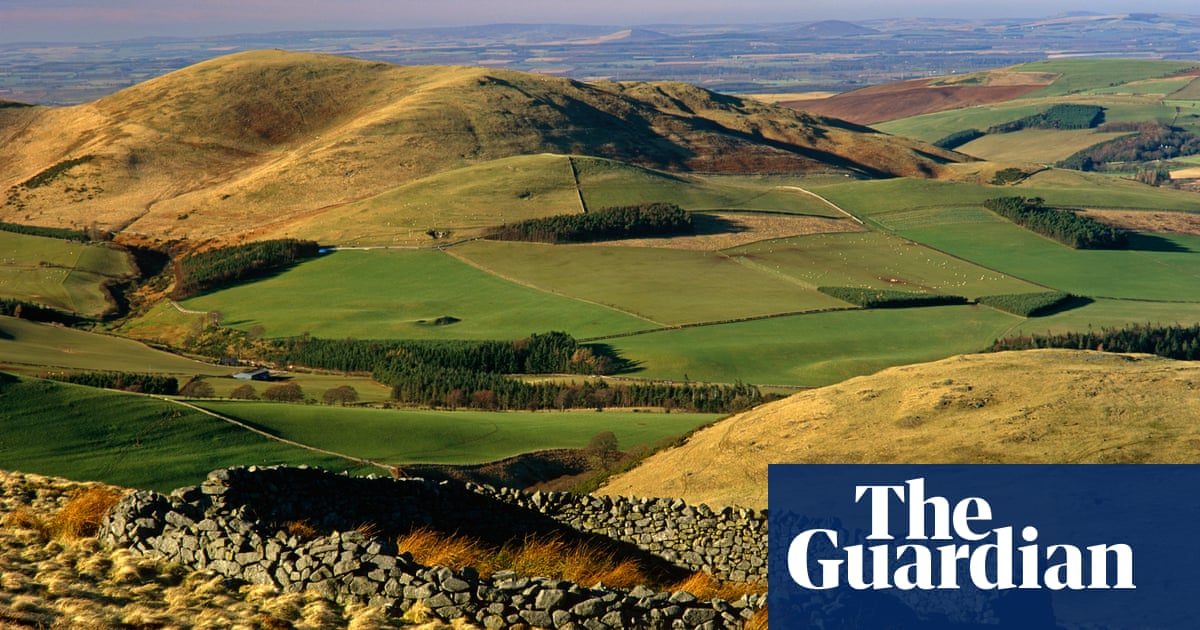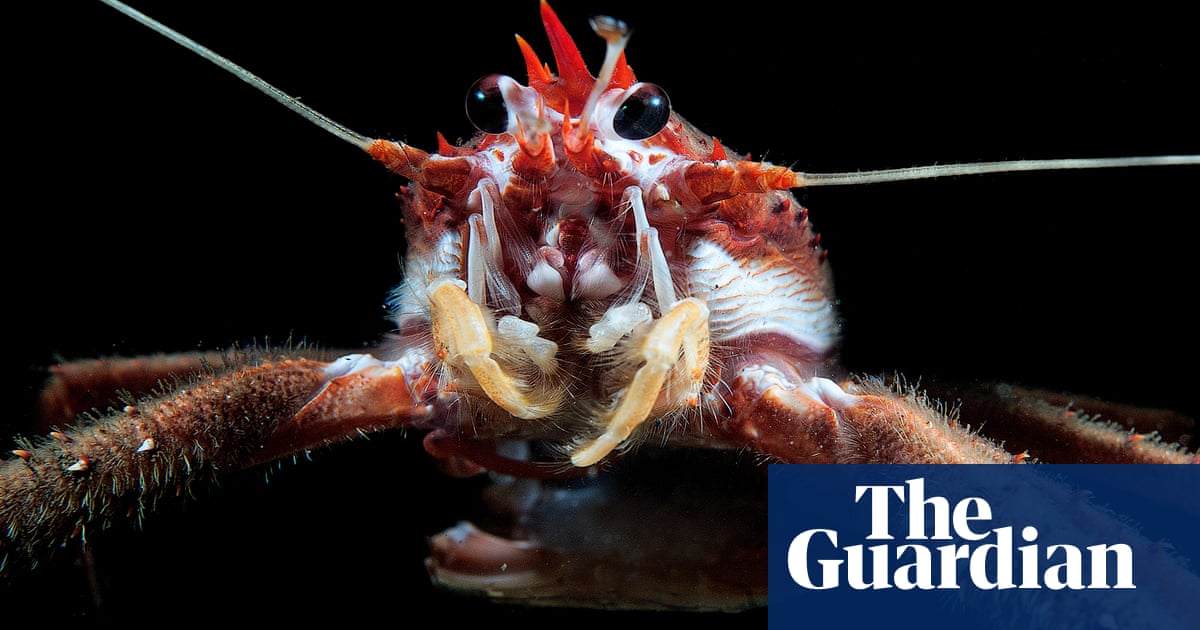Four years ago, Berkeley made history when it became the first city in the US to ban natural gas hookups in new buildings.
It was a natural step for the famously progressive California community, which was an early adopter of curbside recycling in the 1970s, banned styrofoam in 1988, and more recently led the charge to outlaw single-use packaging and plastics.
But today the ban is dead in the water, after a lawsuit brought by a restaurant trade group challenged its legality, tying the banâs enforcement up in court for years. Last month, the city finally gave in and began the process of repealing it.
For a moment, the news appeared devastating for efforts to transition away from fossil fuels. But even without the historic ban, local climate advocates and restaurant owners are imagining ways Berkeley could still lead a national push to transition away from natural gas, amid growing public awareness of its harms to both the climate and human health.
Alastair Iles, a professor of sustainability transitions at the University of California, Berkeley, remembers how community groups rallied with local legislators to introduce and pass the ban. âCommunities and activists around the city identified very closely with the banâs successful passing, and saw it as a sign that the city is continuing to tackle the challenge of climate change.â
He said these groups arenât giving up hope that Berkeley can still set an example. âFrom what I have heard, they are upset, sad, and disheartened that the ban has been overturned,â said Iles. âBut they also know that there are alternative ways forward.â
âFossil fuel-free cityâ
Berkeley has long been a leader on progressive climate legislation, and in 2018 the city council resolved to become a âfossil fuel-free cityâ.
So it wasnât a surprise in July 2019 when the Berkeley city council unanimously passed an ordinance preventing natural gas hookups in new residential and commercial construction. At the time, nearly a third of the cityâs greenhouse gas emissions came from natural gas. The move was lauded by environmental organizers as a step towards Californiaâs goal of achieving 100% zero-carbon energy by 2045.
Berkeleyâs move sparked a wave of action, and an inevitable backlash. In the years since, 135 cities and counties have introduced some type of building decarbonization ordinance. At the same time, 24 mostly red states have done the opposite, passing laws that prohibit cities from banning natural gas.
Yet before Berkeleyâs natural gas ban could even take effect in January 2020, the California Restaurant Association (CRA) filed a lawsuit arguing both that the ban harmed restaurant owners who rely on gas stoves and also that, under the 1975 Energy and Policy Conservation Act, only the federal government has the authority to regulate energy standards for appliances.
Thus ensued a lengthy back and forth between the city and the trade group. In 2021, a US district judge sided with Berkeley, ruling that the city wasnât trying to regulate appliances, but instead the fuel they used. CRA then took their case to the ninth circuit court of appeals, which ruled against the ban. In January 2023, Berkeley lost its request to have the case reheard and could have appealed to the US supreme court, but instead chose to settle with the CRA. Some environmental advocates have pointed out that the natural gas utility SoCalGas provided financial support to the restaurant association.
âVery likely, Berkeley decided that it might be counterproductive to keep the case going, because a loss could hurt similar city and state laws in other parts of the country along with California,â given the supreme courtâs current conservative majority, said Iles. âMore importantly, the supreme court could easily have made a more expansive ruling than needed, as it often has in the past few years, meaning that a range of options to require gas-free buildings could be prohibited.â
âCooking with gas is really a mindsetâ
The debate over natural gas has heated up in the past year, following 2023 studies that found gas stoves could be linked to more than 12% of childhood asthma cases in the US, and emit indoor pollutants at levels worse than secondhand smoke.
Despite the Berkeley blow, environmental leaders and business owners â including some of the cityâs leading restaurateurs â donât see this as the end of the road. Although Iles suspects other California cities will stop pursuing natural gas bans, he says many are considering alternative policy pathways.
âLearning from Berkeleyâs ill-fated experience, cities across California and the US west have already introduced different rules focused on energy performance,â which require buildings to lower their energy usage but donât set specific requirements as to how, he said, creating an incentive to use electric or solar rather than gas appliances without mandating it. âCities can also set air pollution emission standards to favor electric appliances.â
Iles adds that last September, mayors from 25 California cities wrote to the stateâs governor, Gavin Newsom, âurging him to set statewide building codes that would require new buildings to be fully electricâ. Just last month, California released a draft update to its building code that will encourage the use of heat pumps, which are fossil fuel-free heaters that are more efficient than gas furnaces, in all new homes beginning in 2026.
Meanwhile, despite the CRAâs stance, many chefs in Berkeley and beyond are considering their role in leading the way toward electrification. Last year, chef Alice Waters of Berkeleyâs Michelin star restaurant Chez Panisse told Yahoo News that she plans to transition the restaurant to electric stoves, and that a new bar opening up next door would also use electric cooking.
âItâs a matter of getting used to it,â she told the outlet. âYou just have to know a little more about cooking with it. Itâs not rocket science.â In response to a Guardian inquiry about the transition, a spokesperson for Chez Panisse said there were no updates to share yet and that the bar was still under construction.
âCooking with gas is really a mindset,â agrees chef Grégoire Jacquet, owner and founder of Grégoire, a high-end take-out restaurant in Berkeley who is exploring bringing more electric equipment into his kitchen. âNowadays there is some stuff that really is pretty awesome when it comes to electric.â
But he acknowledges that itâs scary for chefs who have trained on gas stoves to make the switch, especially given the cost of buying new equipment. âI think if we all want to switch to electric, itâs going to take a lot of education and a lot of training.â
He hopes culinary schools will begin training new chefs on electric stoves early in their education, and that local governments will consider giving restaurants grants to encourage transitioning to electric, and to help cover the costs.
As Jacquet expands his business with new franchise locations, heâs planning to source both gas and electric cookers. Itâs a sign of where the city, and others across the country, could be headed. The transition to electric is happening, says Jacquet. âBut not fast enough,â he adds. âBecause the Earth is dying.â



